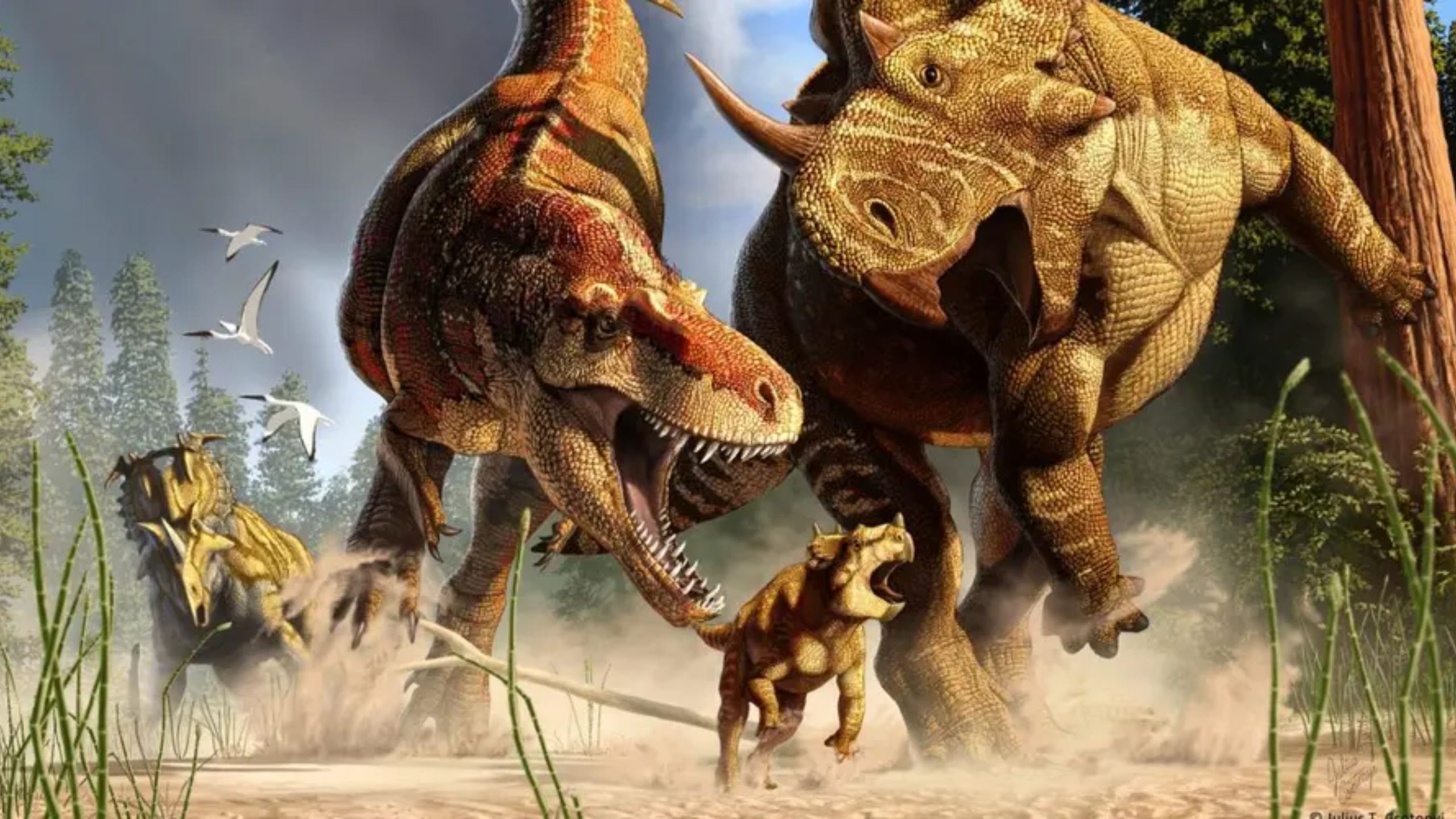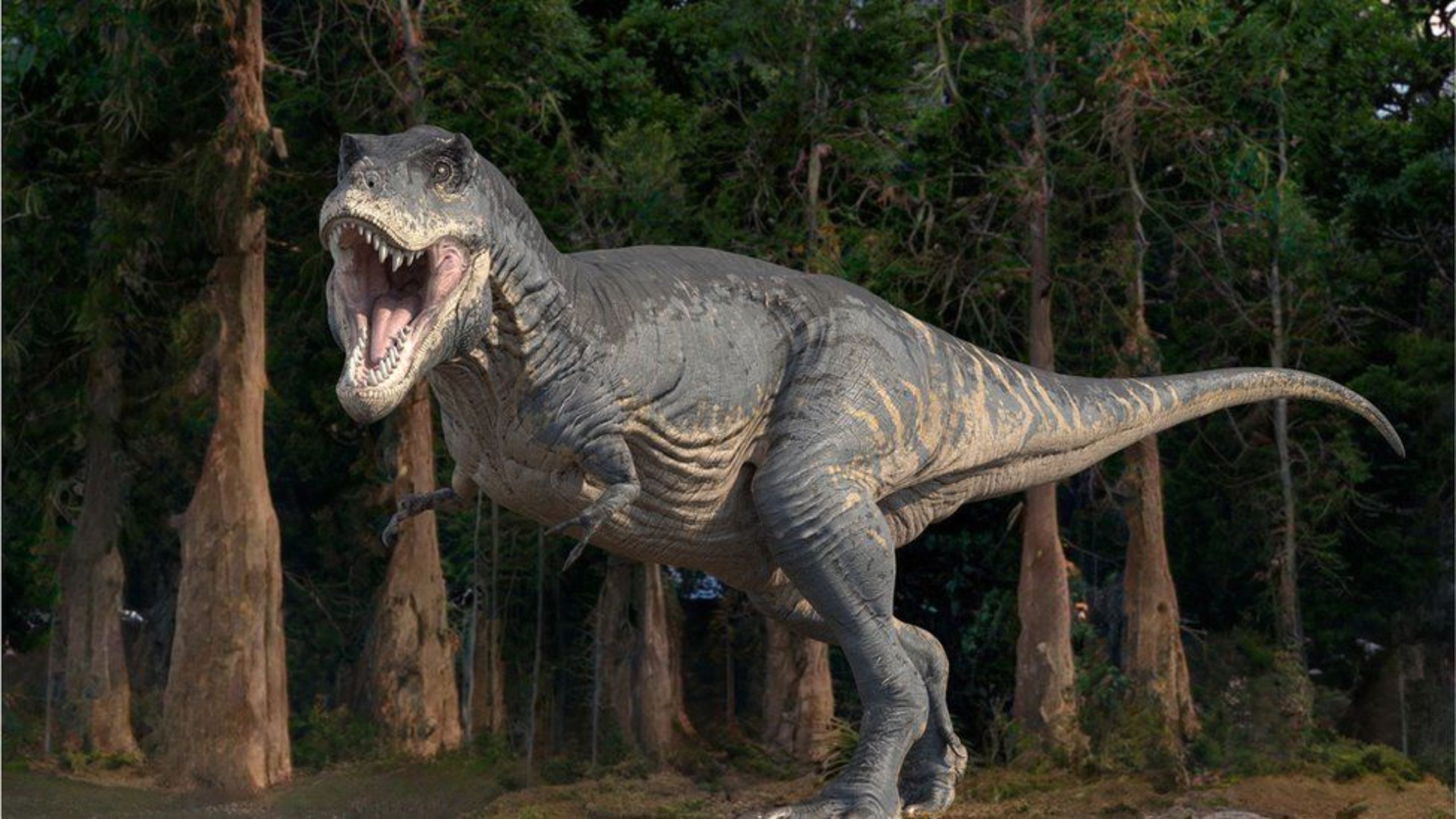
Post by : Zayd Kamal
Marine mass extinctions have fascinated and puzzled scientists for decades. Millions of years ago, our oceans were teeming with diverse life forms, from small microorganisms to giant marine reptiles. But suddenly, vast numbers of these species vanished. So, what triggered marine mass extinctions millions of years ago? Recently, a groundbreaking study has offered new clues to this age-old mystery, revealing factors that contributed to the sudden and devastating loss of marine life. The findings provide crucial insights into not only Earth’s past but also its present and future.
Marine life millions of years ago was extraordinarily diverse. From the early Cambrian period to the more recent Cretaceous era, the oceans were home to an astonishing range of species. However, throughout Earth’s history, there have been five major mass extinctions, with marine life being severely affected. These events wiped out a significant portion of ocean species, forever altering the ecosystems and leaving behind gaps that took millions of years to refill.
The most well-known mass extinction event occurred about 66 million years ago, famously wiping out the dinosaurs. But the marine world also suffered heavily during this time. Entire species of marine reptiles, fish, and invertebrates disappeared in a geological blink of an eye. What triggered marine mass extinctions millions of years ago has always been debated, with theories ranging from asteroid impacts to volcanic eruptions and dramatic climate shifts.
Recently, a team of scientists conducted an extensive study that sheds new light on the mystery of ancient ocean life disappearance. This study, published in a renowned scientific journal, explored geological evidence and chemical signatures trapped in ancient rocks to understand the environmental factors that led to these catastrophic events.
The researchers found that one of the primary triggers behind several marine mass extinctions was a phenomenon known as "anoxia." Anoxia refers to a complete depletion of oxygen in the oceans, creating conditions where marine life simply could not survive. As oxygen levels dropped, marine ecosystems became inhospitable for many species, leading to widespread extinction.

One of the most significant revelations of this study is the connection between marine mass extinctions and ancient climate change. Millions of years ago, Earth’s climate was far more volatile than it is today. Sudden increases in global temperatures, often linked to massive volcanic eruptions or shifts in atmospheric gases, led to disruptions in ocean chemistry. These changes, coupled with a rise in greenhouse gases, caused the oceans to lose their oxygen, creating anoxic conditions.
In fact, the study highlights that some of the worst marine mass extinctions were triggered by rapid global warming events. As temperatures soared, it led to ocean stratification, where warmer, oxygen-poor water stayed near the surface, while cooler, oxygen-rich water remained at deeper levels. This stratification prevented the mixing of water layers, cutting off oxygen supply to marine organisms living in mid and deep-water zones.
Another key factor identified in what triggered marine mass extinctions millions of years ago is volcanic activity. The Earth’s geological history is marked by periods of intense volcanic activity, such as during the Permian-Triassic extinction event, often referred to as "The Great Dying." Massive volcanic eruptions released enormous amounts of carbon dioxide and sulfur into the atmosphere, triggering severe climate changes and acidifying the oceans.
Acidification, in turn, disrupted marine ecosystems by affecting organisms that relied on calcium carbonate to build their shells and skeletons, such as corals and shellfish. Without a stable environment, these species, along with many others, faced extinction.
The research also highlights the release of methane from undersea deposits during these volcanic events. Methane is a potent greenhouse gas, and its release likely exacerbated the warming of the planet, pushing the oceans further into anoxic conditions.

While the study sheds light on what triggered marine mass extinctions millions of years ago, it also emphasizes how some species managed to survive while others perished. The ability of marine organisms to adapt to changing conditions played a crucial role in determining their fate. Species that could tolerate low oxygen levels or had the ability to move to less affected areas were more likely to survive. However, many species, especially those highly specialized for certain habitats, were unable to adapt quickly enough and were lost forever.
For example, deep-sea organisms living in highly stable environments were particularly vulnerable to sudden changes. In contrast, species inhabiting coastal and shallow waters, which were more accustomed to fluctuating conditions, fared better in surviving these extinction events.
Understanding what triggered marine mass extinctions millions of years ago is not just about unraveling the past—it’s also about protecting the future. Today, the planet is once again facing significant challenges due to climate change, ocean acidification, and oxygen depletion. The factors that led to the mass extinctions millions of years ago, such as global warming and ocean anoxia, are increasingly becoming concerns in the modern world.
The study serves as a stark reminder that Earth's ecosystems are deeply interconnected and sensitive to environmental changes. If history is any indication, rapid shifts in climate and ocean conditions could have catastrophic consequences for marine life once again.
What triggered marine mass extinctions millions of years ago is a big mystery that scientists have been trying to solve. A new study has helped us understand what triggered marine mass extinctions millions of years ago, and it turns out that changes in the ocean's oxygen levels and climate were to blame. The research shows that what triggered marine mass extinctions millions of years ago includes things like volcanic eruptions and global warming, which made the oceans lose oxygen. What triggered marine mass extinctions millions of years ago also involved ocean anoxia, where the water didn’t have enough oxygen for marine animals to live. Understanding what triggered marine mass extinctions millions of years ago helps us see how climate change today could harm ocean life.
This article provides information on what triggered marine mass extinctions millions of years ago based on current scientific studies. DXB News Network is committed to sharing knowledge about what triggered marine mass extinctions millions of years ago to help people understand our planet’s history. Please note that what triggered marine mass extinctions millions of years ago is a complex topic, and ongoing research may continue to uncover more details about what triggered marine mass extinctions millions of years ago. Always refer to trusted sources for updates.
Marine mass extinctions, Ancient ocean life, Mass extinctions millions of years ago, Marine life disappearance, Ocean anoxia, Ancient climate change, Volcanic activity and marine extinctions, Oxygen depletion in oceans, Global warming and ocean life, Ancient ocean ecosystems, Permian-Triassic extinction, Ocean acidification, Marine species extinction, Climate shifts and marine life, Earth’s geological history and extinctions

Korean Scientists Teach Robots to “Forget” for Faster Navigation
New Physical AI helps autonomous robots forget outdated info, boosting efficiency in factories and l

Abu Dhabi Q2 GDP Hits AED306B, Non-Oil Sectors Lead Growth
Abu Dhabi’s Q2 2025 GDP reaches AED306B, with non-oil sectors driving record growth in manufacturing

DEWA Joins Global vPAC Alliance, Leading MENA Power Sector
DEWA becomes first MENA utility in vPAC Alliance, advancing smart grids, digital networks, and globa

Jane Goodall Dies at 91: Legendary Voice for Wildlife Lost
Renowned primatologist Jane Goodall passes at 91, leaving a legacy of groundbreaking chimpanzee rese

UAE to Launch World-Class Passenger Rail with Etihad & Keolis
Etihad Rail partners with Keolis to introduce world-class passenger rail in UAE by 2026, offering se

Abu Dhabi Boosts Family Business Ties in US Investment Roundtable
Abu Dhabi Chamber hosts US roundtable, connecting Emirati family businesses with investors to expand

ADIPEC 2025: Abu Dhabi Hosts Global Energy Innovation Summit
Abu Dhabi’s ADIPEC 2025 unites 205,000 energy leaders, showcasing AI, low-carbon tech, and global so

Fusion of Tradition and Modernity Balancing Heritage and Modern Life
Explore how tradition and modernity blend to shape culture innovation and society creating a balance

Top Nutrient Rich Foods Every Woman Should Eat for Better Health & Energy
Discover top nutrient rich foods every woman should eat to boost energy immunity and overall healt

Fibre for Weight Loss How High Fibre Foods Help You Shed Pounds Naturally
Learn how fibre helps you lose weight naturally keeps you full boosts digestion and supports a healt

Small Weight Loss Tips to Protect Your Knees
Even small weight loss can reduce knee pain improve mobility and protect joints Learn simple tips to

Men s Grooming & Skin Care Guide Tips for Healthy Skin and Confidence
Discover the ultimate men s grooming and skin care guide with tips for healthy skin hair care and co

Body Contouring & Slimming in Dubai Safe Non Surgical Ways to Reshape Your Body
Discover safe effective body contouring & slimming treatments in Dubai to reduce fat tighten skin an

Anti Aging & Rejuvenation in Dubai Secrets to Younger Skin & Wellness
Discover anti aging & rejuvenation in Dubai From Botox to natural care explore safe treatments for y

Lip Tanning & Sun Damage Causes Signs Prevention & Treatments
Learn about lip tanning and sun damage Discover causes signs prevention and treatments to keep your